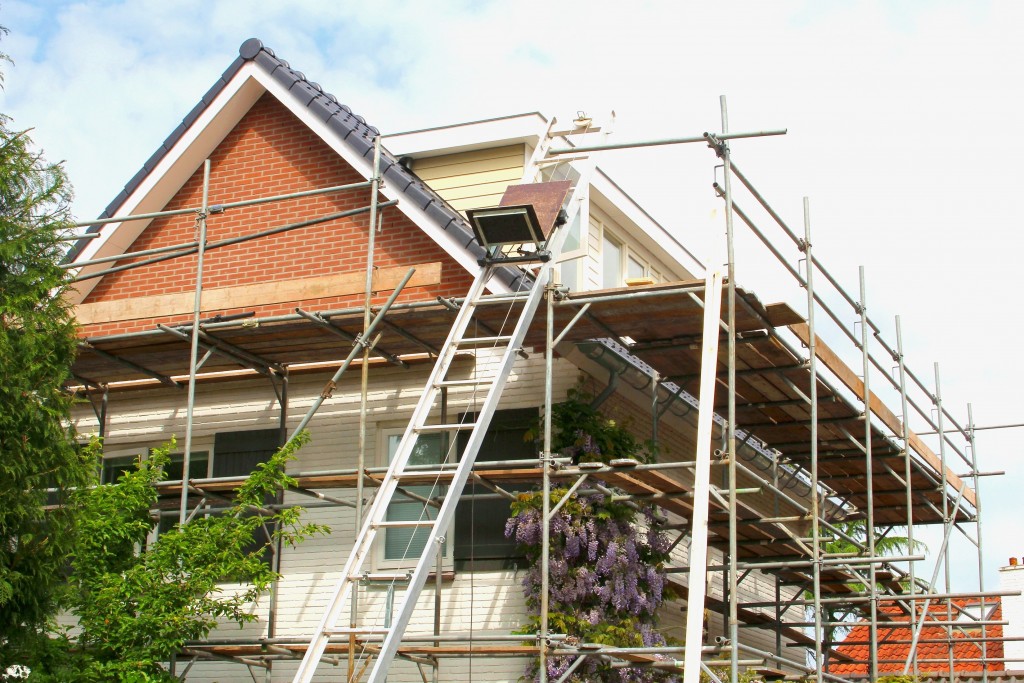Solar panels are becoming a common sight in Utah communities — but it’s not purely out of concern for the environment. Utah is one of the best places for residential solar power. High altitude equals more concentrated sunlight, and the state’s solar incentive makes the technology even more affordable.
Free Electricity from the Sun
The average Utah home consumes 800kWh of electricity per month — costing around $90-100. An 8-kW solar power system can provide enough electricity to cover your morning consumption and send enough extra energy to the grid to cover your nighttime use. A system like that can cost $16,000 — but federal solar incentives (covering 26 percent of the cost) and Utah’s own incentives (another 25 percent or $1,600) will bring the costs down to $10,000. You can put the money you save on your electricity bill towards paying your monthly financing dues and with a sound 10-year financial plan (at 5-6 percent interest rates) — you’ll only be paying a few extra dollars for your panels. Solar power systems typically last 35-45 years with warranties on performance lasting up to 25 years. Another 25-35 years of free electricity will save you $25,000-$35,000 — covering the cost of your initial investment by 3-4 times. Your solar panels will also insulate you from any rise in electricity charges that may happen any time in the future.
Minimizing Your Electrical Consumption
Energy-efficient homes can rely on lower-capacity solar energy systems — further bringing down the initial cost of investment. You can also adopt energy-efficient practices and design in your home to ensure your electricity bill remains at zero. Proper insulation, green roofing systems, and energy-efficient windows can lower your energy consumption by as much as 30 percent. Switching to green appliances — especially refrigerators, freezers, washers, and microwaves — can further reduce your consumption by another 20 percent. Of course, being mindful of your electricity use will also help.
Using Excess Energy

Unfortunately, power companies won’t be giving you a check at the end of the year for the extra electricity you produce — so it’s better to put that extra energy to good use. One of the best ways to do that is with an electric vehicle. An electric car requires 30kWh of charging to travel 100 miles. Your solar power system should easily cover that extra consumption — especially during the summer months. The American driver spends $1,500-$2,500 on fuel each year — money that can be spent elsewhere with an electric car.
Solar Leasing Options
A few solar power providers offer leasing contracts aside from outright purchases. Leasing contracts will usually involve very little to zero cash down, and you’ll only be paying for the electricity the leased system produces. Leasing contracts will usually have lock-down periods of 20 years. While you can consider leasing if your primary reason for going solar is environmental — owning your solar power system is more beneficial (financially) in the long run.
Utah residents are going solar — most of them without the environment in mind. Solar power is a solid investment — especially when it practically costs nothing.

